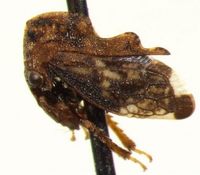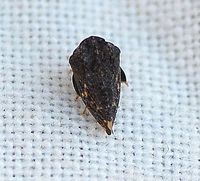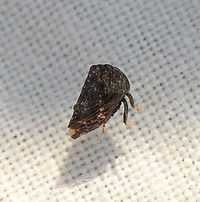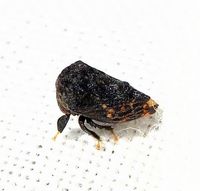|
|
|
|
Species Photo Gallery for Tylopelta gibbera No Common Name 5 |
 | Photo by: Matthew S. Wallace
Out Of State Co.
Comment: |  | Photo by: Bockhahn, Scharf
McDowell Co.
Comment: LAJA - 2014 BioBlitz |
 | Photo by: Bockhahn, Scharf
McDowell Co.
Comment: LAJA - 2014 BioBlitz |  | Photo by: Bockhahn, Scharf
McDowell Co.
Comment: LAJA - 2014 BioBlitz |
 | Photo by: Bockhahn, Scharf
McDowell Co.
Comment: LAJA - 2014 BioBlitz |

 »
»

 »
»